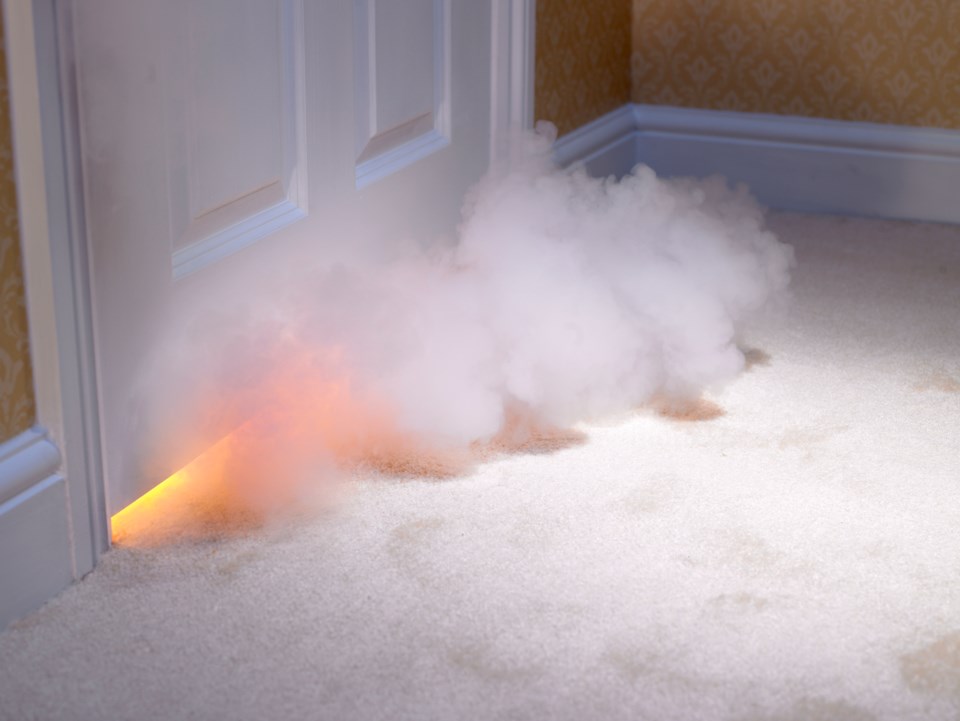There were roughly 220-fire related deaths in Canada each year — from 2011 to 2020 — according to new Statistics Canada data released this month.
Most of these deaths — 81% — were classified as unintentional (accidents), 15% were listed as intentional (i.e. suicides and homicides), and 4% were undetermined.
"Fatal fires are tragic events that are devastating individually, to families and within communities," the national agency said in a statement. "Understanding the circumstances surrounding unintentional fire-related deaths in Canada is a valuable starting point towards implementing preventative measures that can reduce harm to Canadians."
What do the numbers show?
Residential fires are the leading type of unintentional fire-related death in the country.
Fire-related deaths that happened in private homes, long-term care facilities, temporary facilities like hotels and trailers, and other residential property represented the majority of all unintentional incidents from 2011 to 2020.
And where non-fatal residential fire-related incidents are associated with cooking or electric failures, life-threatening events include the consumption of alcohol or drugs, improperly discarded cigarettes, older age, and men.
StatsCan found that from 2011 to 2020, men were 1.5 times more likely to die from an unintentional fire than women. The report also highlights that this is a national and international trend with fire-related death research.
Individuals older than 44 are also at a higher risk of dying due to a residential fire than younger people — 4.3 deaths per 100,000 people.
The Canadian Coroner and Medical Examiner Database also found that "nearly one-third of unintentional residential fire-related deaths in Canada involved people 70 years and older."
It is also important to note that disabilities are common among seniors, which may influence their ability to escape from a fire. In the same time period, a medical examiner reported that 14 per cent of unintentional fire-related deaths involved mobility-related or cognitive impairment. And in more than half of these cases, the individual was older than 70.
At-risk factors for fire-related deaths
The number of fatal fire-related incidents peaked during the winter months; there were more than twice as many residential fire-related deaths compared to the summer-to-fall months. This is likely due to the increased use of heaters and wood-burning stoves, StatsCan says.
The report also says that one in seven fire-related deaths are due to a smoke alarm not working. About 14 per cent of deaths involved homes with a missing smoke alarm, or non-functional one.
In addition, 68 per cent of fire-related deaths happened because of smoke inhalation. Another 10 per cent were caused by both smoke inhalation and burns, and 17 per cent were due to burns alone.
Further, deaths due to smoke inhalation are often immediate. But deaths caused by burns often involved the person surviving the fire, and then later dying because of complications with burns.
Also, people tend to stay indoors for longer during the colder season, which means more smoking inside or burning candles.
The StatsCan report notes that at least one in five of these fatal incidents were caused by cigarettes. Data collected by the Canadian Association of Fire Chiefs found that cigarette-related fires led to more deaths than other sources.



